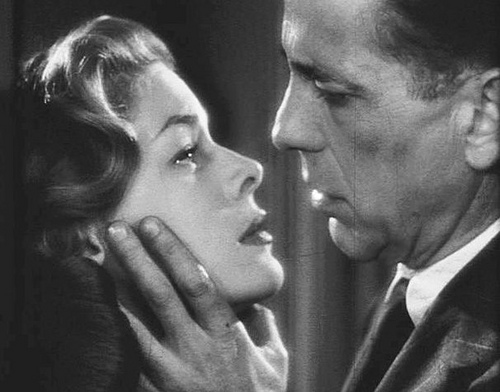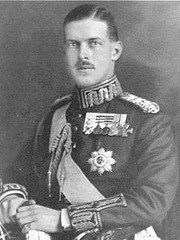
The inventor of the Pringles can was buried in a Pringles can.
Fredric Baur invented the crush-resistant canister in 1966 and was so proud that he said he’d like to be buried in one. It remained a family joke for years, but when Baur died last year after a battle with Alzheimer’s, his children stopped at a Walgreen’s on their way to the funeral home, bought a can of Pringles, and buried a portion of their father’s ashes in the bright red can.
“My siblings and I briefly debated what flavor to use,” Larry Baur told Time magazine, “but I said, ‘Look, we need to use the original.'”



